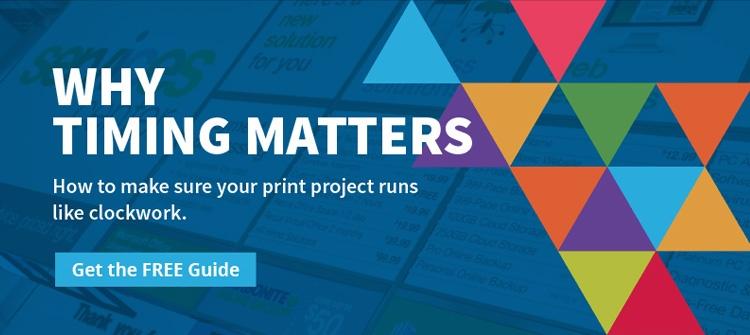When Johannes Gutenberg first developed the printing press in the 15th century, he introduced moveable type to the Western world and made books more accessible than they had ever been before. As the printing process was refined, books became cheaper and easier to create. Now, books are just one of the many items that utilze printing, and modern digital printing is light years beyond the arduous process that Gutenberg employed, but what does it entail? What is digital printing?
Digital vs. Analog
Analog, or traditional, printing reproduces images by creating a copy; it can use plates, etchings, film or stencils to create the prints, but it always creates an image using a primary image. Digital printing takes a different route. It breaks down images into digitized code, compressing the data. The code digitally controls the distribution of ink or toner to accurately reproduce the image. Additionally, the formula allows a level of consistency that's not possible in analog printing.
Why Digital?
Digital printing is a popular form of printing, but why should you use it? What are the advantages of digital printing?
- Time Saver— Digital printing is much less time-consuming than traditional printing. There's a lot less set-up required, you don't have to mix inks, and you don't have to replace plates.
- Cost Effective—There aren't any set-up costs affiliated with digital printing, and if you're only printing a small batch (1 to under 1000 items), you should definitely consider it.
- Ease of Editing— If the final product doesn't turn out the way you envisioned, it's much easier to make the necessary modifications in a digital printing format rather than an analog format.
- Environmentally Friendly— Analog printing has many more components that, once no longer needed, end up in a landfill. Additionally, more water is used in analog printing. Digital printing is the greener option.
- Procrastination Saver— If you've had a brainwave, and you want to get your materials printed ASAP, digital printing is your best bet. Digital printing requires next to no preparation, so your idea can go from a print file to substrate in no time.
- Special Effects— You're looking to create something complex, and you want to personalize it for each of your clients. This would be a huge undertaking for analog printing, but digital printing can handle variable data without breaking a (digital) sweat. You can get your order customized to meet your need, even if your needs are different for each run.
If you're looking to quickly and inexpensively produce printed materials that are environmentally friendly and easily edited, digital printing could be the best option for you. Granted, there are reasons when digital printing doesn’t make sense; for example, if you need a high quantity of materials produced, if you require extraordinarily high quality, exact color matching, or small print, you would probably opt for analog printing. Not to worry—we do that, too. Screen, offset, or dye sub are just a few of the non-digital printing options available to our customers. Contact us, and we can help you determine which method is best for your particular job!



